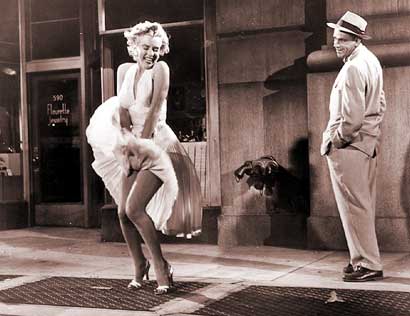Laura Mulvey, a past activist feminist and now practicing professor of film, famously creates the ideas of the male gaze in her most famous work, where she outlines the 'sexual imbalance' in cinema (Mulvey, 2009 [1975], p.19). Mulvey goes on to explain the two different roles that each gender take; the male being active and the female passive and strengthens this argument with a quote from Budd Boetticher who states 'the woman has not the slightest importance' (Boetticher in Mulvey 2009 [1975], p. 20). It is then told how patriarchy has an overall effect on culture and thus affecting the way cinema works, however this could be challenged today as feminism is much more recognised. 'The male protagonist is free to command the stage' (Mulvey, 2009 [1975] p.21) and here Mulvey reinforces her idea of the male having control over the production and situation in general. Looking at modern cinema we can see how sexism still exists, yet there are females working in every part of the industry and even directing huge blockbusters. In comparison the the time that Mulvey wrote her text, things have changed quite drastically in this sense. Numerous author's writings have emerged from Mulvey's argument, either to acknowledge her points or to dispute them. McDonald (1998), Storey (2008) and Mulvey (2009 [1975]) all comment on how the male is not seen in an erotic way and is represented differently compared to the female in cinema. For example, McDonald in Dyer's 'Stars' (1998), illustrates how the male uses 'aggressive' looks in order to 'divert their erotic potential'. This states the ways, purposefully or not, how the males make themselves separate from this sexualisation. On the other hand, in modern day cinema can we now see signs of the female gaze where the sexualisation of men is apparent. Storey (2008), justifies Mulvey's points as well as McDonald's as he goes on to state that male audiences fix their gaze on the male character in order to 'satisfy ego formation'. This is an interesting point as McDonald states the characters stray away from sexualisation of themselves and Storey explains they do this to influence a more egotistical perspective on their male character. The ego idea behind male characters in film can still be seen today as we have strong, masculine super heroes who promote this idea of a strong male who has control and is responsible.
Mulvey, L. (2009 [1975]) 'Visual Pleasure and Narrative Cinema' in Visual and Other Pleasures, Basingtoke, Palgrave.




